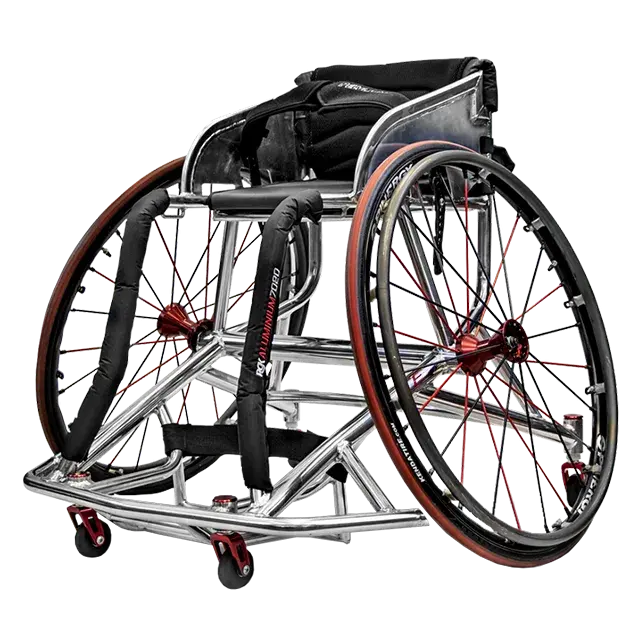Diabetes, a chronic condition affecting millions of people globally, is typically associated with high blood sugar levels, and its potential complications such as heart disease, kidney failure, and eye problems. However, an often underappreciated aspect of diabetes is its impact on mobility. This article seeks to highlight the mobility issues associated with diabetes and discusses potential strategies for managing them.
Understanding Diabetes and Its Impact on Mobility
Diabetes can affect mobility in several ways, largely due to its long-term complications:
Neuropathy
Diabetes can cause nerve damage, known as diabetic neuropathy. This can lead to a loss of sensation, especially in the lower limbs, causing balance problems, difficulty in walking, and a higher risk of falls.
Peripheral Artery Disease (PAD)
Diabetes increases the risk of PAD, a condition in which the blood vessels in the legs are narrowed or blocked. This can lead to pain or discomfort when walking, often resulting in reduced mobility.
Musculoskeletal Issues
Diabetes can lead to various musculoskeletal problems, including joint stiffness and conditions like frozen shoulder or carpal tunnel syndrome, all of which can hinder mobility.
Foot Problems
The combination of neuropathy and poor circulation can increase the risk of foot problems, including ulcers, infections, and deformities. In severe cases, this can lead to amputations, profoundly affecting mobility.
The Impact of Mobility Issues on Quality of Life
The mobility issues associated with diabetes can significantly impact a person's quality of life. Reduced mobility can lead to a decreased ability to perform daily activities, reduced independence, and increased difficulty participating in social activities. Additionally, reduced mobility and physical activity can further exacerbate diabetes management, leading to a vicious cycle of worsening health and further mobility impairment.
Strategies to Improve Mobility in Individuals with Diabetes
Despite the challenges, several strategies can improve mobility and overall quality of life in individuals with diabetes:
Glycemic Control
Keeping blood sugar levels in check is the first line of defense against the mobility issues associated with diabetes. Good glycemic control can prevent or slow the progression of complications like neuropathy and PAD.
Regular Physical Activity
Exercise can help improve circulation, maintain joint flexibility, and enhance overall strength and balance. It's also crucial for managing blood glucose levels, weight, and cardiovascular health.
Foot Care
Regular foot care can prevent many of the foot problems associated with diabetes. This includes daily inspection of the feet, prompt treatment of cuts or sores, wearing appropriate footwear, and regular check-ups with a healthcare provider.
Pain Management
For those experiencing pain due to neuropathy or PAD, pain management strategies can be beneficial. These may include medications, physical therapy, or in some cases, surgical interventions.
In conclusion, while diabetes poses many health challenges, its impact on mobility deserves particular attention. By recognizing and proactively managing these issues, individuals with diabetes can maintain their mobility, independence, and overall quality of life. As we continue to strive for better diabetes care, it is crucial to remember that mobility matters, and a holistic approach to diabetes management must include strategies to maintain and enhance this vital aspect of health and well-being.





